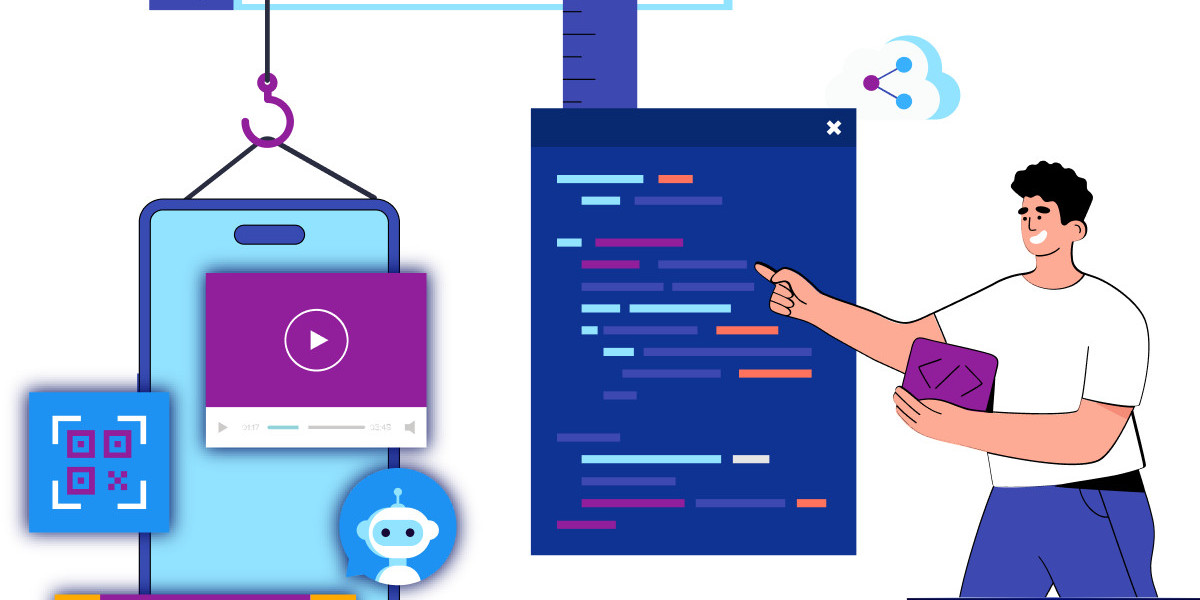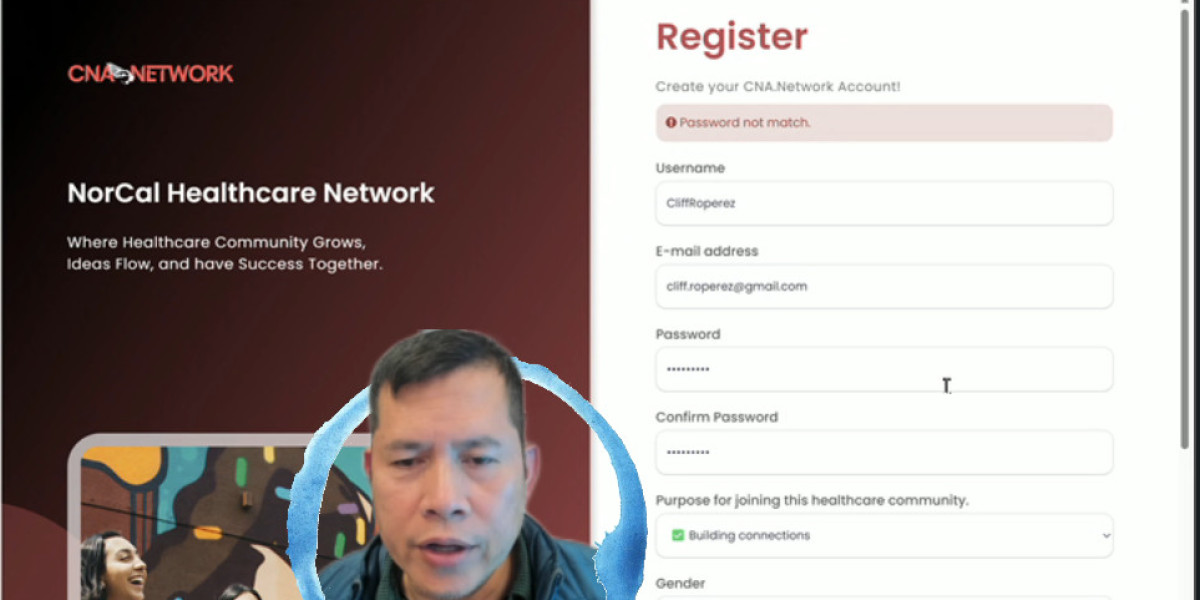Introduction
In today’s digital world, artificial intelligence is everywhere. From writing tools to image generators, AI has become part of how we create. But with this rise, a new challenge has appeared. How do you tell if something is written by a human or by AI?
This question led me to explore a tool I hadn’t used before: the AI detector. In this article, I want to share my personal experience using AI detectors, what I’ve learned, and how they can help anyone working with online content.
What Is an AI Detector?
When I first heard about AI detectors, I wasn’t sure what to expect. But once I tried one, I realized how simple they are to use. An AI detector is a tool that scans text and predicts whether it was created by artificial intelligence or written by a real person.
These tools are used by editors, content creators, teachers, and even businesses to check if a blog post, assignment, or article was generated by software like ChatGPT or other AI writing tools.
Why I Needed an AI Detector
A few months ago, I hired a few writers to help with blog content. While reading their drafts, I noticed that some of the text sounded too robotic—like it lacked emotion or natural flow.
I started wondering: “Is this written by AI?”
That’s when I decided to try an AI detector. I wanted to be sure I was paying for human-written work and not AI content copied from somewhere else.
How AI Detectors Work
Most AI detectors work by analyzing patterns in the text. They check how predictable the sentence structures are, how often certain words are repeated, and how “robotic” the writing sounds.
When I paste a paragraph into an AI detector, it gives me a score—usually something like:
90% human
70% AI-generated
Some tools even highlight which sentences seem like they were written by AI. This feature helped me focus on editing or rewriting only those parts.
Which AI Detectors I Tried
Here are some of the tools I’ve personally used:
1. ZeroGPT
A free tool with a clean layout. It gave fast results and was quite accurate.
2. GPTZero
This one is often used in education. It breaks down each paragraph and shows a risk score for AI detection.
3. Writer.com AI Content Detector
I liked this one for quick checks. It didn’t require sign-up and worked well for short texts.
All of these had their pros and cons, but using a combination gave me the most accurate idea.
Related more articles, aiチェッカ
Real Benefits I Noticed
Once I started using AI detectors regularly, I noticed some big improvements:
Better content quality: I could filter out machine-generated writing and ask for real human rewrites.
More control over content: I knew exactly what I was publishing and who was behind it.
Stronger SEO performance: Google prefers original, human-written content. My rankings improved after cutting down on AI-written drafts.
Plus, I just felt better knowing my website had genuine content.
Limitations of AI Detector
Now, I won’t say these tools are perfect. From my use, here are some limitations:
False positives: Sometimes good, clear human writing can be flagged as AI.
False negatives: AI text that’s been carefully edited might pass as human.
Best for short to medium text: Long essays can be tricky to evaluate in one go.
Still, they’re a great first step to checking authenticity.
Who Should Use an AI Detector?
Based on my experience, I think these tools are helpful for:
Freelance content buyers like me
Teachers and professors checking assignments
Editors reviewing guest posts or submissions
Job recruiters screen AI-generated resumes
Anyone managing a blog or website
Whether you're worried about SEO, plagiarism, or just want to know the origin of the text—AI detectors are very handy.
Final Thoughts
Using an AI detector has made my content process smoother, more honest, and more reliable. It’s not about being anti-AI, it's about knowing when and how AI is being used. As someone who values real storytelling and human creativity, I want my content to connect with people, not just rank on search engines. And that’s where AI detectors help. They offer clarity, transparency, and a stronger level of trust in digital content. If you're like me and care about the authenticity of what you read or publish, I’d highly recommend trying out an AI detector. It's fast, easy, and incredibly eye-opening.








